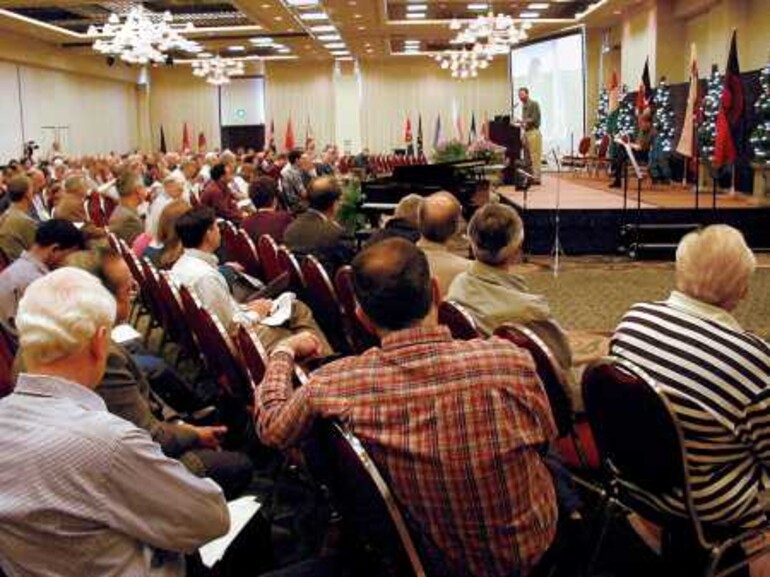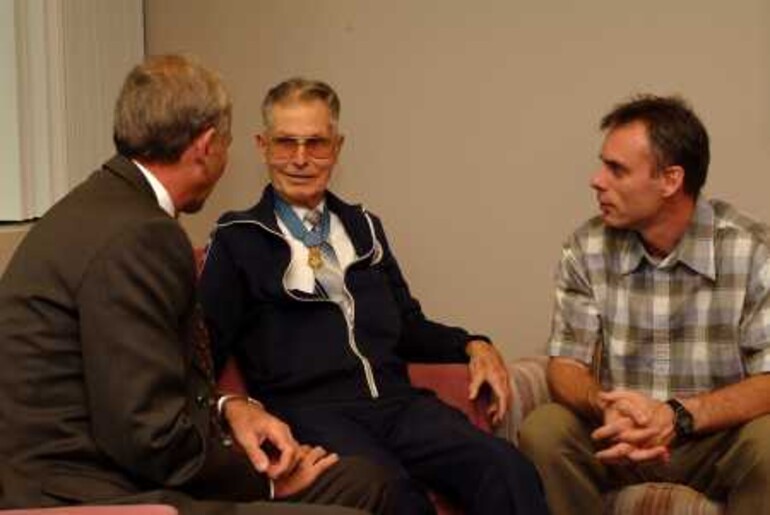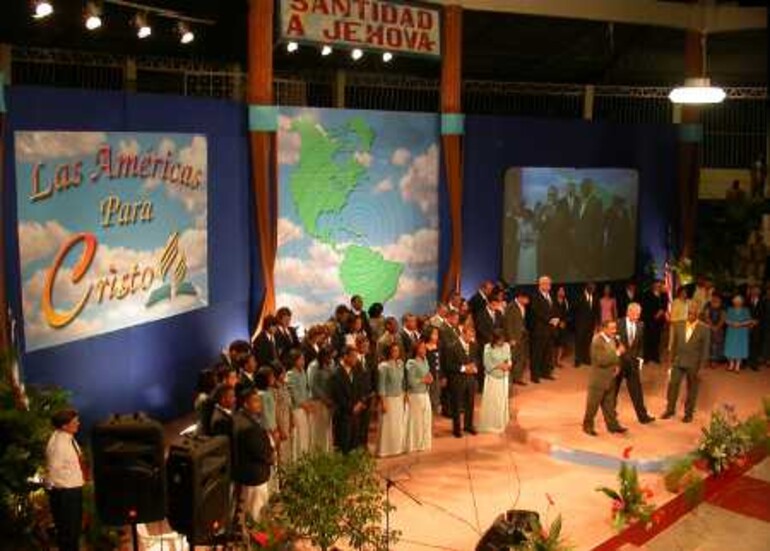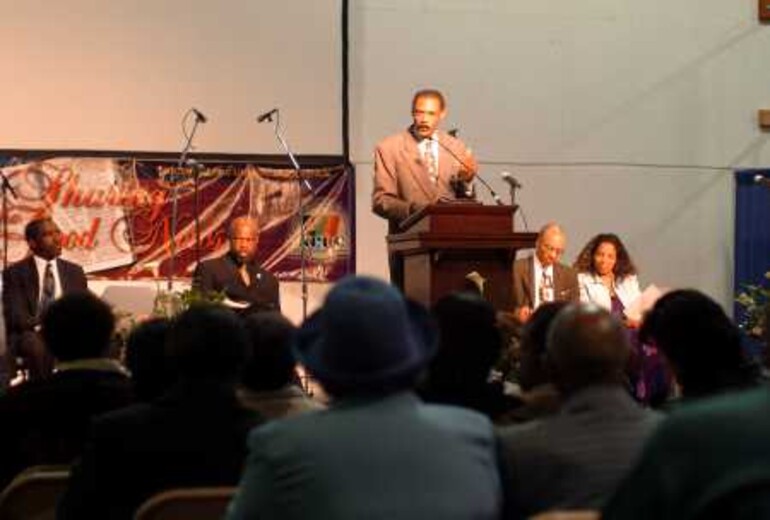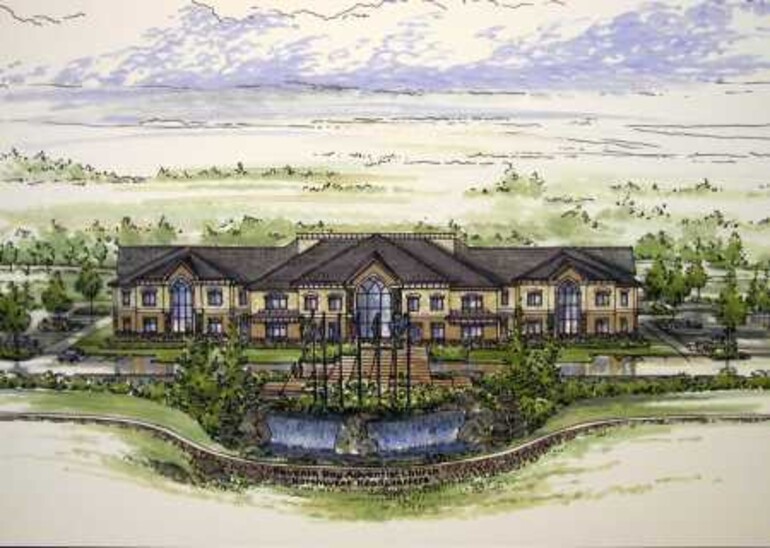When Jere Patzer was reelected as North Pacific Union Conference (NPUC) president in 2001, he publicly introduced a 10-part strategic plan for the five year term. At the recent NPUC executive committee meeting in College Place, Wash., he tendered his mid-term report on the plan’s status since 2001. Following is a summary of that report.
The Seventh-day Adventist Church in the North Pacific Union Conference will prepare people for the imminent return of Jesus Christ by:
• Nurturing, educating and motivating its membership;
• Encouraging its membership to demonstrate God’s character of love through the power of the Holy Spirit and to share the gospel message with other people through the development of individual spiritual gifts;
• Professionally managing the church organization with financial and spiritual integrity;
• Teaching that God raised up this remnant church as a fulfillment of prophecy and has inspired its theology—which drives its mission—made possible by its organization.
The greatest resource of the North Pacific Union Conference is its personnel. The growth and success of any initiative is directly related to the quality of its leadership. Therefore, a priority of each entity within the North Pacific Union Conference must be to obtain, retain and grow professional leaders. We must provide an environment of trust, stability and professional growth whereby employees can be challenged to give their lives toward the fulfillment of Christ’s mission in the North Pacific Union Conference.
What We’ve Done So Far
We have provided opportunities for continuing education through our Northwest Institute of Mission and Ministry. Since our last Ministerial Council in May 2001 was so helpful to our Northwest pastors and their spouses, we are planning another one for September 2006. We have sponsored annual continuing education for our conference administrators and encourage our NPUC ancillary staff with ongoing Excel and work-well programs.
People do not join an organization with which they are unfamiliar. Therefore, before we can impact large numbers of people with the unique understanding we have been given of God’s character and the great controversy, we must have a considerably higher profile. We must position Adventism as a mainline, visible and attractive option. While the one-on-one approach is still primary and cannot be neglected, a means of reaching the masses must be implemented if we are to realize success in our mission during our lifetime.
What We’ve Done So Far
• Issues and Interviews is aired on more 40 outlets throughout Northwest and beyond, including major markets of Seattle, Vancouver, B.C., Portland, Boise and Spokane.
• Bibleinfo.com is marketed as a sponsor of each program at no additional cost.
• We believe that radio provides the best way of reaching the public 24 hours a day, seven days a week. We are seeking Adventist entrepreneurs to help us purchase a major market radio station as a faith venture. We believe this will become an appreciating asset, with operations funded increasingly by listener donations.
Challenge #3
The fledgling Adventist Church grew through church planting. Against the counsel of Ellen G. White, we have “hovered” over existing churches, focusing our attention on established churches that have already hit a plateau. Subsequently we have seen growth in English-speaking Caucasian churches stymied, followed by a similar trend in African American churches. Based on one new church or company for every 27,000 people, we should reasonably plant 75 churches in the next five years. Each of our smaller conferences (Alaska, Idaho and Montana) should create five new church plants, while our Oregon, Upper Columbia and Washington conferences should strive for 20 church plants each.
What We’ve Done So Far
Alaska Conference has one church planted, Idaho two and Montana five. Oregon Conference has three new church plants recorded, Upper Columbia 15 and Washington 19.
Following Ellen White’s counsel that “...As they [ministers] put forth calm, steady, devoted effort to educate the church members to engage in personal work for souls wherever there are favorable openings, success will mark their labors.” (Evangelism, p. 114). We must facilitate the training and implementation of lay-led evangelistic meetings throughout the Northwest by establishing a faith goal of one meeting per church plus additional meetings held by youth.
What We’ve Done So Far
Approximately 12 training courses for evangelistic seminars have been held throughout the Northwest with more than 200 laypeople attending. So far, 476 Hope for the Homeland seminars have been given. Two recent DVD series were led by Jon Tillay and Ty Davis, Walla Walla Valley Academy students.
Generally an informed constituency is a supportive constituency. In a communication age, our communication to our constituents and to our leaders must be professional, creative and consistent.
What We’ve Done So Far
The GLEANER and the related GLEANERONLINE.ORG Web site have continued to increase readership and information outreach with a powerful new design while reducing overall cost. The Web site will soon introduce expanded stories, daily/weekly updates and interactive features such as forums and polls. Additionally, quarterly Northwest Spotlight on Mission videos and DVDs are being produced that tell stories of the outreach and nurturing activities of Northwest members. Northwest Spotlight on Mission programs are sent to each Sabbath School in the Northwest.
The Northwest is blessed with diversity. With churches representing eight ethnic backgrounds we have the opportunity and challenge to demonstrate Christ’s prayer in John 17 that we all may be one.
What We’ve Done So Far
We’ve made tentative plans to organize a Sabbath diversity convocation during which the harmony of unity can be showcased through inspiration, education, music and fellowship. This experimental event, if successful and appreciated, could grow into a biannual occurrence. We hope that the first convocation will be held in 2004.
We need to build and occupy an attractive, professional and more efficient Northwest Adventist headquarters facility at a highly visible location, such as on Interstate 5.
What We’ve Done So Far
We have bought prime property just north of exit 14 on Interstate 5. While prayerfully awaiting final decisions on the zoning of this property, we have temporarily moved our offices to a professional building in Vancouver’s Columbia Tech Center. An annexation proposal by the Port of Ridgefield to include our property as part of a business park has been approved by Clark County planning commission. We’re cautiously optimistic this decision will be approved by the Clark County Commissioners and referred to Olympia, Wash., for final approval so we can begin the building and eventual relocation process.
Spiritual growth is admittedly hard to quantify yet must continue to be a top priority. Closely related is an emphasis on our history, heritage and mission. On this, to a large degree, rests the success of all other goals.
What We’ve Done So Far
For members throughout the Northwest, our Northwest Institute of Mission and Ministry conducted a geoscience field trip in 2001, New England heritage trip in 2002 (with another one scheduled for 2005), and a Reformation tour in May 2003 (with two more scheduled for 2004 and 2006). To aid our spiritual growth, Faith in Focus Forums have been scheduled throughout the Northwest during the next two years. These forums feature topics of current interest presented by recognized theologians. Also, several individual conferences have coordinated prayer initiatives for their members.
The North Pacific Union Conference is recognized around the world as a leader in global mission. Through Northwest Adventist involvement with Operation Bearhug, the church in the former Soviet Union was forever changed. Members saw firsthand the benefits of the “reflex influence.” Now thousands of Northwest Adventists have gone to 55 countries fulfilling the gospel commission just as White predicted in 1878. As God provides, we will continue to lead, conduct and/or support the youth and adult “short-term” missionary trips worldwide, including the opportunity for every high school age young person to have the opportunity to go on a short-term mission trip by graduation.
What We’ve Done So Far
The African Roof Project has provided 8,500 roofs to date. An additional $1 million just committed by a donor will help that number continue to climb dramatically. Besides hundreds of Northwest lay- and student-led teams, the NPUC has sponsored one major global outreach project per year: Tanzania in 2001, Aruba in 2002 and the Dominican Republic in 2003. Additional major events are scheduled for Philippines in 2004 and India in 2005.
We must continue to maintain a strong financial operation within the North Pacific Union Conference while at the same time generously supporting our mission. At times it even means stepping out in faith to to take advantage of God’s providential opportunities.
What We’ve Done So Far
As of the January 1, 2003, audited report, our combined NPUC and corporation reserves are at 86 percent of recommended operating capital. Current projections indicate that at the end of 2003, this number will demonstrate an even higher percentage.





